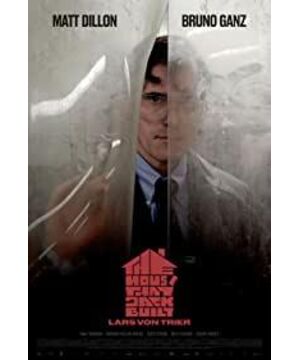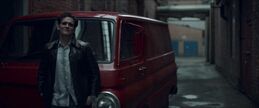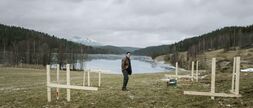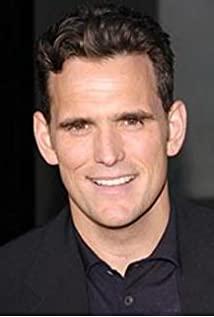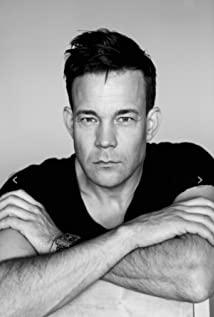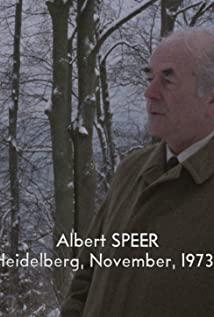The House That Jack Built negative comment
-
Kristy 2022-01-06 08:01:27
Either the name will go down in history or it will be stinking for thousands of years, Lars Von Trier is about to explode again! As a fan, I just want to say that it is refreshing and uncomfortable. Many shots are simply... It is a dialogue movie like "Female Addicts". It also flashed back all of his previous works, and pays homage to himself like Jia Zhangke?. However, the lack of depth is obviously inferior to the ideas of "Depression" and "Female Addicts". Satan's Hell's Scythe is too straightforward.
-
Guiseppe 2022-01-06 08:01:27
I can’t score or encourage people who haven’t watched it, but he’s done to the extreme and he’s far more sincere than his previous works. I’ll tell you that he’s a Nazi corpse, anti-social and anti-humanist in the field of film. The serial murderer is narcissistic and sincerely takes the initiative to book tickets to hell To behave in broad daylight, and this kind of behavior can just do whatever you want/The whole narrative is placed in the framework of the Divine Comedy Dialogue with Virgil The whole film can be regarded as a cruel anti-humanity thread in the Western art history, and the footnote to Blake's poetry Seeing that I really want to vomit, the audience who left the scene reached the most in the passage of breast cutting. I even want to thank him for not using a long lens to shoot these processes / completely relying on rationality. Words: Go to Hell!
The House That Jack Built quotes
-
Jack: The old cathedrals often have sublime artworks hidden away in the darkest corners for only God to see. The same goes for murder.
-
Jack: Some people claim that the atrocities we commit in our fiction are those inner desires which we cannot commit in our controlled civilization, so they're expressed instead through our art. I don't agree. I believe Heaven and Hell are one and the same. The soul belongs to Heaven and the body to Hell.


